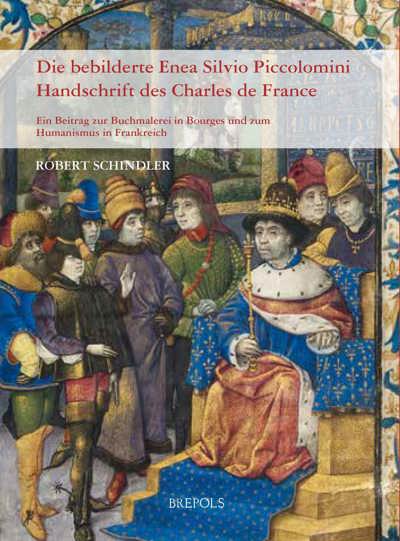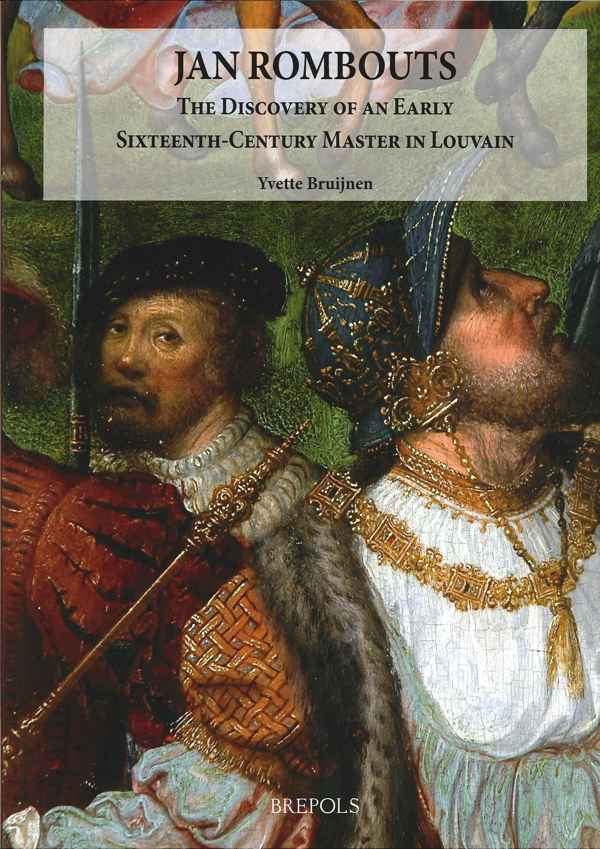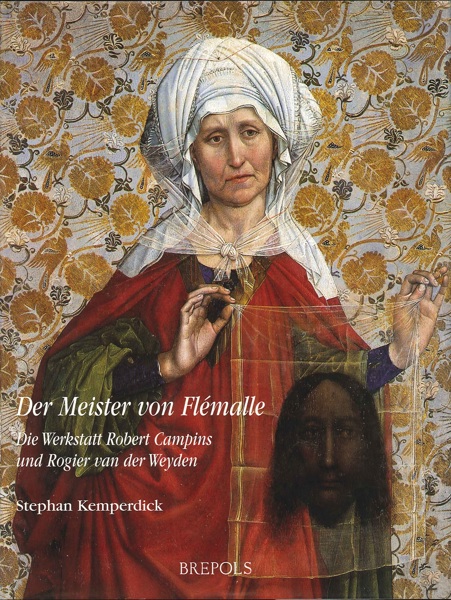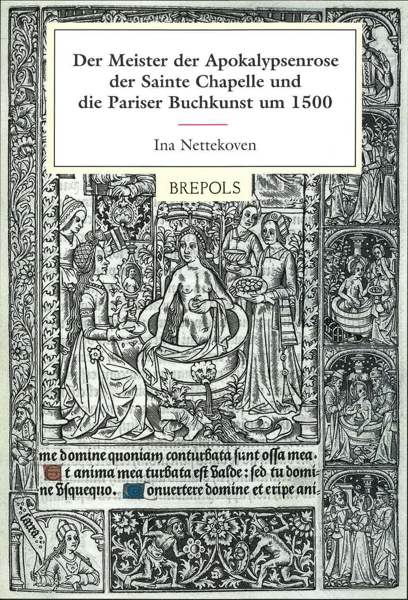
- Pages: 312 p.
- Size:210 x 297 mm
- Illustrations:237 b/w, 48 col.
- Language(s):English
- Publication Year:2011
- € 110,00 EXCL. VAT RETAIL PRICE
- ISBN: 978-2-503-52569-3
- Hardback
- Available
"..., Bruijnen has made a conscientious and highly useful contribution to the study of early sixteenth-century Flemish art and stained-glass painting." (M. Evans, in: The Burlington Magazine, vol. 154, n° 1307, February 2012, p. 125)
"By introducing a completely new artist to the history of early Netherlandish painting, Yvette Bruijnen has made an enduring contribution to Northern scholarship. Beyond that, her book demonstrates just how wrong received wisdom can be, and serves as a reminder that wonderful surprises still happen in research." (Dan Ewing, in: HNA Reviews, October 2013)
"By considering the geographic, sociolegal, and artistic framework in which Rombouts lived and worked, Bruijnen succeeds in situating the artist's local significance alongside broader artistic developments in the Netherlands, thereby creating a monograph that will be of great interest to students and scholars of Netherlandish art." (Olenka Horbatsch, in: Sixteenth Century Journal, XLIV/3, Fall 2013, p. 819-820)




